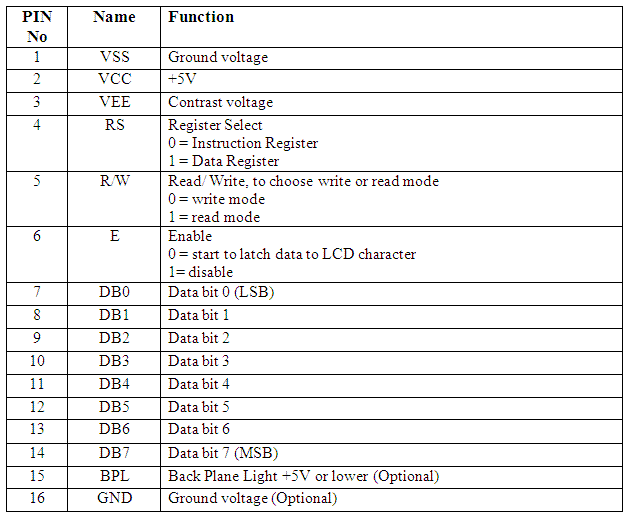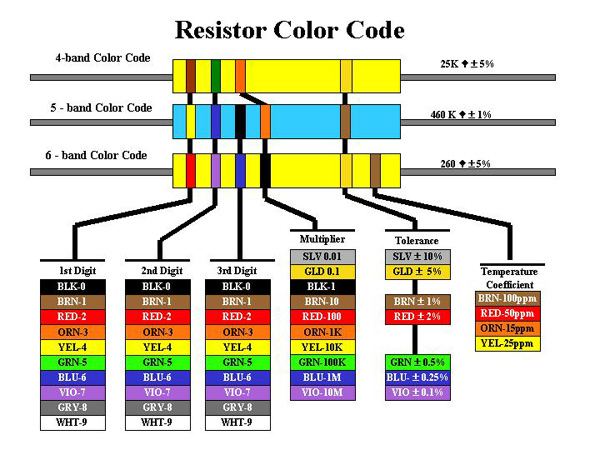We really need to integrate ourselves in the middle of social life, a person that cannot integrate in his society would be qualified as non normal or with no regular behavior.
The fact is, that integrating in the society is a very relative concept, a person that cannot integrate himself in a specific society could be the most popular in another society, and we take the example of gamers or real geeks that bunch of guys that are so addicted to a video game or hacking computer software, have real problem with integrating within a society where the one who can use MSWord is qualified as a one who masters the computer. But the same Geeky person would be so popular in a society of geeks.
Here we go back to the point that in order to be popular or at least can integrate in a society, a person MUST share with the society its common believes, practices, way of thinking and looking to the world.
To integrate with a society a person must talk like they talk even if there is actually nothing wrong with hes talking and way of reasoning, a person must joke like they do, eat like they do even if it'is not healthy for him to eat the food they eat or the way they eat not eating like them take a -1 from his popularity mark.
The problem is not integrating could be very harmful for some people, the fact that they loose connection with their entourage and surrounding colleagues, the fact that they are not respected or acknowledged for what they do best. For example a person who masters fishing would have no value in a society of hunters. And here we conclude that to integrate in a society, you must actual do something that is relevant and useful for them, otherwise a person with deviated skills cannot easily integrate with a society.
But any person in the world no matter how intelligent, crazy, ugly, beautiful, rich or poor need to have people surrounding him, that can talk with him ask for him and worry about him. It is a natural need and it's very harmful to take it from someone which hes only curse that he was born with a deviated skills.
So any person in this world must be conscious of this fact, and therefore open his mind to different ideas and different believes. respect the other competence even if it is not relevant to him it could be relevant for someone else, it could help other societies.
Any person should not judge other people way of thinking as bizarre or weird, he could actual look more bizarre in another Time and Place Circumstances.
Finally, I would like to invite you to be more opened with weird people, they are actually more interesting than the typical believes.
Mazen
The fact is, that integrating in the society is a very relative concept, a person that cannot integrate himself in a specific society could be the most popular in another society, and we take the example of gamers or real geeks that bunch of guys that are so addicted to a video game or hacking computer software, have real problem with integrating within a society where the one who can use MSWord is qualified as a one who masters the computer. But the same Geeky person would be so popular in a society of geeks.
Here we go back to the point that in order to be popular or at least can integrate in a society, a person MUST share with the society its common believes, practices, way of thinking and looking to the world.
To integrate with a society a person must talk like they talk even if there is actually nothing wrong with hes talking and way of reasoning, a person must joke like they do, eat like they do even if it'is not healthy for him to eat the food they eat or the way they eat not eating like them take a -1 from his popularity mark.
The problem is not integrating could be very harmful for some people, the fact that they loose connection with their entourage and surrounding colleagues, the fact that they are not respected or acknowledged for what they do best. For example a person who masters fishing would have no value in a society of hunters. And here we conclude that to integrate in a society, you must actual do something that is relevant and useful for them, otherwise a person with deviated skills cannot easily integrate with a society.
But any person in the world no matter how intelligent, crazy, ugly, beautiful, rich or poor need to have people surrounding him, that can talk with him ask for him and worry about him. It is a natural need and it's very harmful to take it from someone which hes only curse that he was born with a deviated skills.
So any person in this world must be conscious of this fact, and therefore open his mind to different ideas and different believes. respect the other competence even if it is not relevant to him it could be relevant for someone else, it could help other societies.
Any person should not judge other people way of thinking as bizarre or weird, he could actual look more bizarre in another Time and Place Circumstances.
Finally, I would like to invite you to be more opened with weird people, they are actually more interesting than the typical believes.
Mazen





















